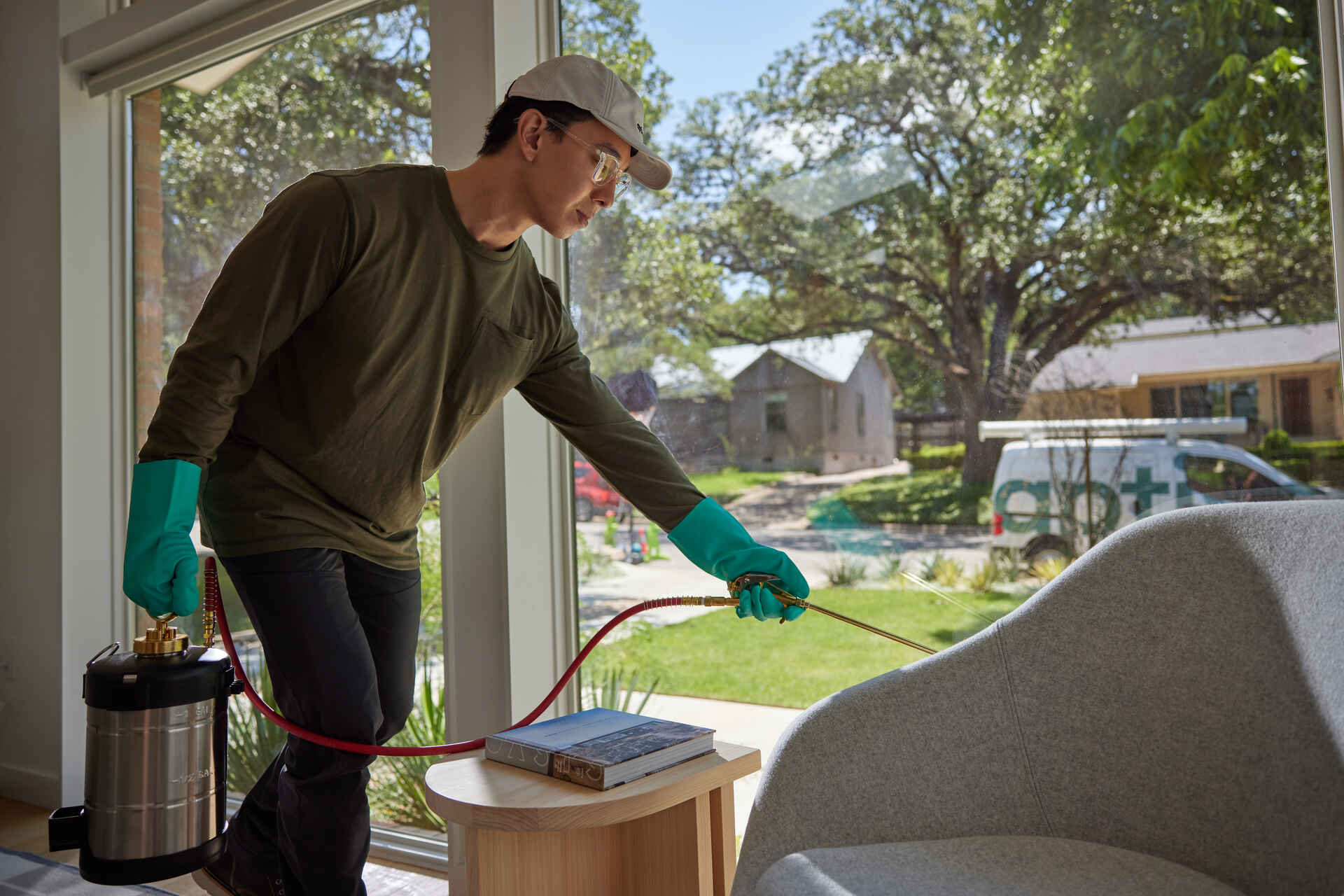Mastering the Art of Parasite Control: Proven Techniques for Long-Term Avoidance and Removal
Pest problems can be a persistent challenge for companies and house owners alike, needing a tactical strategy to efficiently manage and get rid of these undesirable intruders. By mastering the art of bug control with tested techniques for lasting avoidance and obliteration, one can develop a proactive protection against possible threats. Understanding the habits of parasites, applying integrated insect administration techniques, and making use of all-natural remedies are just a couple of essential elements necessary to attaining long lasting success in this undertaking. Nonetheless, the intricacies of keeping cleanliness, conducting routine examinations, and persistent surveillance play just as critical duties in maintaining a pest-free environment. As the battle versus pests remains to progress, taking on a thorough technique comes to be paramount in guarding your residential property from possible harm.
Understanding Pest Actions
To successfully execute bug control approaches, it is necessary to understand the elaborate behaviors showed by numerous insects in various settings. By examining these actions, parasite control experts can recognize the most prone factors in the bug's life cycle to target interventions a lot more successfully.
Recognizing this, bug control professionals can concentrate on securing access factors and removing food attractants to discourage these insects. By addressing wetness concerns and securing gaps and cracks, invasions can be substantially decreased.
Applying Integrated Parasite Management
Carrying Out Integrated Bug Administration includes utilizing a holistic method to address bug concerns by integrating different control techniques and approaches. This method stresses avoidance, tracking, and control of insects through a combination of organic, cultural, physical, and chemical treatments. By integrating numerous methods, Integrated Bug Monitoring (IPM) aims to lessen using pesticides while properly taking care of pest populaces.
One secret facet of IPM is identifying the details insect problem and understanding its actions and life process. This knowledge helps in identifying the most appropriate control measures to apply. Avoidance is likewise a basic concept of IPM, concentrating on removing elements that attract parasites, such as food, sanctuary, and water. Regular surveillance and assessment are necessary to detect pest invasions early and prevent them from intensifying.
Additionally, IPM promotes making use of eco-friendly and lasting insect control techniques to lessen damage to non-target organisms and the bordering ecological community - a1 pest control portland bed bugs. By embracing an Integrated Parasite Management strategy, people and businesses can effectively manage insects while reducing dependence on chemical pesticides
Using Natural Remedies
Structure upon the foundation of Integrated Bug Monitoring, a shift towards utilizing natural treatments uses a green approach to pest control. Natural solutions harness the power of nature to hinder and remove bugs without the use of severe chemicals that can harm the environment, humans, and explanation advantageous microorganisms.

Furthermore, planting pest-repelling spray for pests plants like marigolds, lavender, and mint around homes and yards can help discourage insects normally. These plants emit smells that bugs discover unpleasant, driving them away without the need for chemical treatment.
Preserving Cleanliness and Hygiene

Routinely evaluating and cleaning hard-to-reach areas such as behind home appliances, under sinks, and in storage space wardrobes is essential for determining and getting rid of potential insect habitats. Clutter needs to be minimized as parasites commonly seek sanctuary in stacks of products or particles. Applying a regular cleaning timetable and ensuring all members of the house or workers are informed on appropriate health methods can go a lengthy way in bug prevention. By keeping cleanliness and hygiene requirements, the environment becomes much less friendly to parasites, inevitably supporting long-lasting parasite control efforts.
Normal Examinations and Surveillance
Routine inspections and keeping track of play a crucial function in proactively recognizing and attending to potential pest problems before they escalate. By carrying out normal evaluations of both the exterior and interior of a property, parasite control experts can detect early indicators of infestations, bug entrance points, and conditions helpful to insect activity. Monitoring entails using catches, lures, and various other tools to track bug task levels and varieties present on the properties. This data is invaluable for establishing the most reliable therapy methods and examining the success of insect control techniques in time.
Regular tracking allows for the very early detection of parasite troubles, making it possible for speedy treatment to avoid widespread problems that can be expensive and challenging to remove. In addition, routine examinations and keeping an eye on assistance to abide by regulatory needs and keep a safe, pest-free atmosphere for occupants. Applying an aggressive approach via routine inspections and tracking is a keystone of effective pest management, offering comfort and long-lasting defense against pest risks.
Conclusion
Finally, grasping the art of parasite control entails understanding pest habits, carrying out incorporated pest administration, using natural remedies, preserving tidiness and hygiene, and performing routine inspections and monitoring. By complying with these tested techniques for lasting prevention and obliteration, individuals can successfully take care of pest problems and produce a much healthier and more secure environment for themselves and their environments.
To YOURURL.com successfully carry out pest control techniques, it is necessary to comprehend the detailed habits displayed by numerous bugs in various environments (a1 portland pest control bed bugs). By examining these behaviors, pest control professionals can identify the most vulnerable factors in the pest's life cycle to target treatments more efficiently
Executing Integrated Bug Monitoring entails using a holistic technique to address parasite issues by incorporating different control strategies and techniques. By preserving sanitation and hygiene requirements, the setting ends up being less congenial to bugs, inevitably sustaining lasting parasite control initiatives.
By performing normal evaluations of both the interior and outside of a residential property, pest control experts can spot early indicators of invasions, insect entry points, and problems helpful to parasite task.